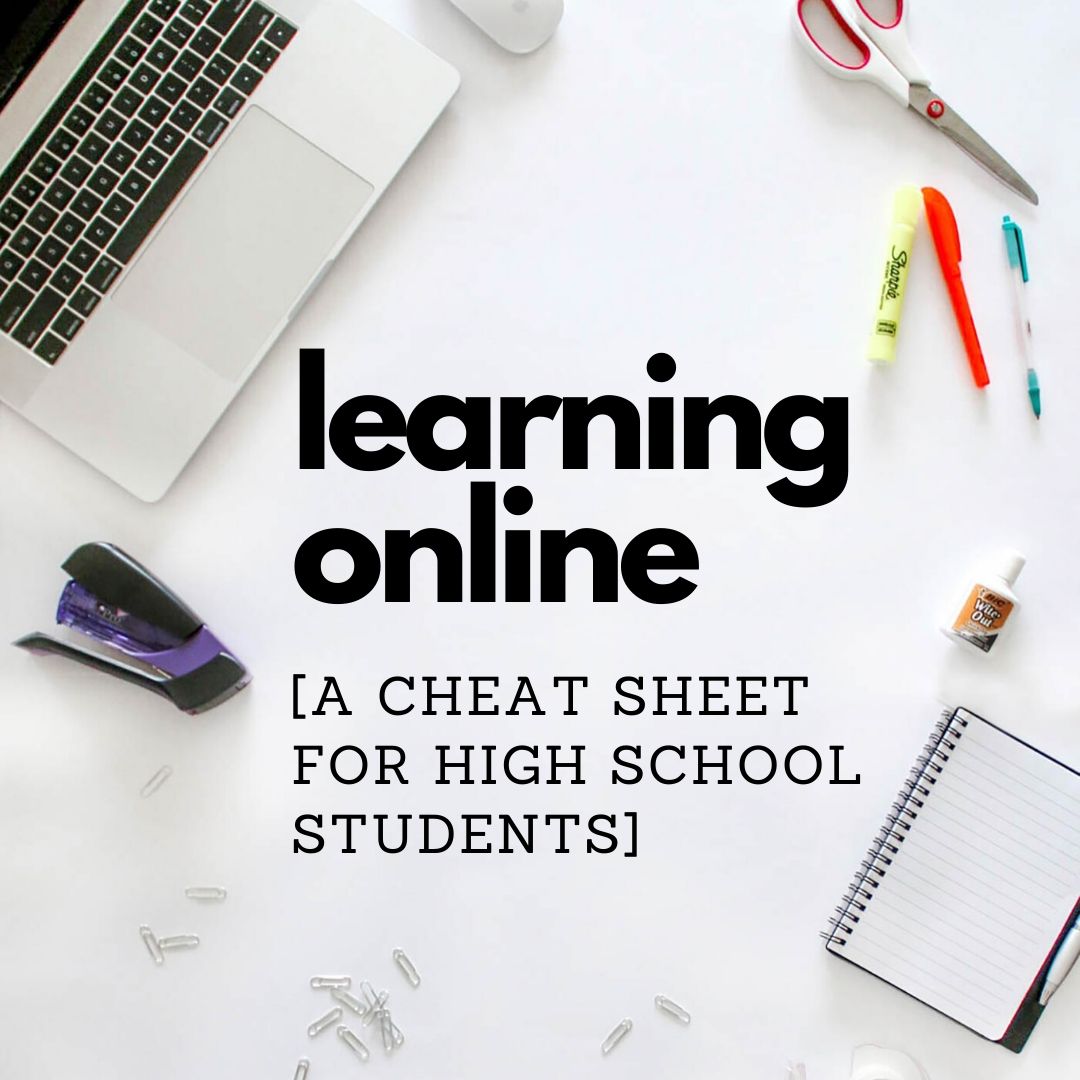Parents, teachers, and students have had to make significant adjustments to a new normal in recent weeks. We are all feeling these adjustments in various ways: limited our out-of-home movement, restricted in-person social interaction, and endless cancelled activities and plans. And perhaps one of the biggest shifts is working and studying at home.
This unexpected and rapid transition to distance learning raises its own set of concerns, questions, and uncertainties. As parents, we may find ourselves wondering (and possibly worrying about) how this will impact our students academically. Is my student going to fall behind and enter the next school year unprepared? Are they going to miss crucial instructional material that will negatively impact them in the future? Will this set them back in their journey towards college?
These questions present valid concerns. It's important to keep in mind that we are all in this unprecedented time together; no one is exempt from being impacted. It may certainly look different depending on a student's school and available resources, but every single high schooler in the country is completing the final quarter of their current grade from home. There will certainly be a measure of solidarity as we progress through this season and move into the next school year.
It is also important to consider that there are good things happening. Amidst the struggle to get into a new rhythm and help our students with their work and learn new online platforms and deal with the stress of the rest of life at the same time, there is perhaps a silver lining for our students in their growth and development. There are certain positive trends we can already see emerging...
Improved Technology Skills
While our high schoolers are technology natives and do not know a world without smartphones and devices, this push to online learning requires that they put their existing tech savvy to work in a new way. That may currently look like accessing a lab video from their Chemistry teacher or attending regular virtual meetings with their reading group or completing an on-screen quiz; our students’ academic tech skills are increasing through this time of distance learning. This will certainly serve them well as they move into their next stage of life. Whether they enter the workforce or continue in their studies, the ability to navigate online work and study platforms and exhibit professional conduct online are crucial.
Preparation for College
The structure of college is obviously quite different than high school. Students may become accustomed to being told what to study and when as they attend their high school classes. Now that everyone is schooling at home, high schoolers have the opportunity to practice self-pacing and perhaps take a bit more ownership in their learning. Learning their strengths, weaknesses, and tendencies when it comes to self-pacing will prove advantageous as they progress into higher learning.
Increased Communication with Teachers
Though all social interactions are currently taking place online instead of face-to-face, distance learning may actually foster greater communication and contact with teachers via email, online meetings, and group messages related to classwork. For students that tend to struggle to self-advocate or ask questions in class, this is a chance to develop those important skills in a unique way.
Creativity and Problem-Solving
So much of our high schoolers’ lives are controlled and structured by adults telling them what to do and when to do it. They go to school which is highly structured, they go straight to a sport or dance run by structured adults, they manage to eat something along the way, they then sit down immediately for their nightly homework typically structured by a hovering parent, then they get ready and go to bed at the hour appointed by the structure of their home. While some structure is good, today’s kids tend to lack the creative energy that comes from unstructured free time, where they are forced to create their own fun and solve their own problems. This current season in which everything has come to a halt is in a sense breaking the structure that many kids live under. Our students may now have a unique chance to flourish in creativity, develop problem-solving skills, practice appropriate levels of independence, and hopefully move away from the “learned helplessness” that many in older generations complain about in younger generations. This is always an incredible opportunity for families to consider what activities they miss and find life-giving, compared to activities that they may be surprised to not miss.
/Logos/Horizontal%20Academic%20Logo%20for%20Light%20Backgrounds.png)
/Logos/Horizontal%20Academic%20Logo%20for%20Dark%20Backgrounds.png)



